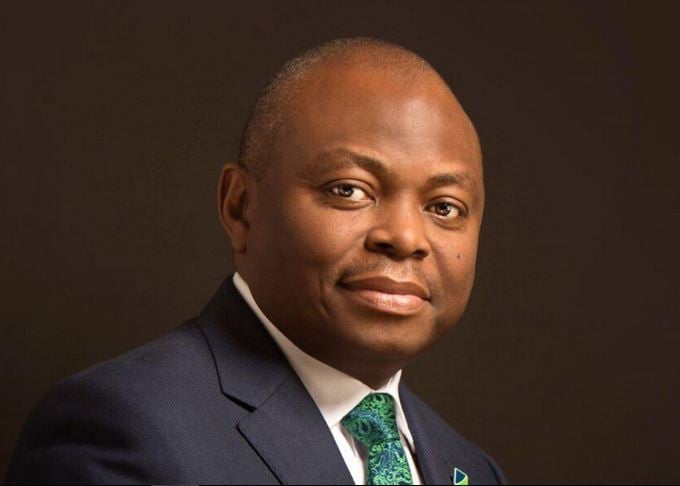Fidelity Bank is driving a big turnaround this year after a 30% drop in net profit in 2016. The bank closed half year operations in June 2017 with a renewed strength in profit performance. At the end of the period, after tax profit was already close to the full year figure last year. That seems to put the bank on the track of rebuilding profit capacity and possibly exceeding the peak profit figure it established as far back as 2012.
The bank has been trying to rebuild its profit in the preceding two years after a sharp drop in 2013. A 50% rise in loan loss charges undermined profit capacity last year and Fidelity Bank ended 2016 operations with the lowest profit figure in three years. Also revenue slowed down last year to the lowest growth rate in six years.
Revenue performance has gained momentum in the current year and growth is expected to accelerate further in the second half. The bank closed the period with gross earnings of close to N86 billion, a year-on-year growth of 22%.
Revenue growth hasn’t broken free from single digit records since 2013 but a 22% growth at the end of first half of this year holds a new promise for the bank. Gross earnings are projected to be in the region of N175 billion for Fidelity Bank in 2017, an expected growth of about 16%, which will be the highest revenue growth rate in five years.
Advertisement
Interest income is leading revenue growth this year at an increase of 28% to a little below N73 billion at the end of the first half. This is in spite of a flat growth in loans and advances and a decline in investment securities at the end of the period. Non-interest income has been declining since 2014 and only a weak growth happened in 2016.
The bank’s management has maintained its firm grip on operating cost and loan impairment charges that caused the profit drop last year. Loan impairment losses have come under a firm control that kept it flat at the end of June. Interest expenses however seems to escape from the management’s grip this year, surging a clear 48% year-on-year at the end of half year trading. This is well ahead of the 28% growth in interest income, which limited growth in net interest income to only 11%.
A decline in operating cost reinforced the flat growth in loan loss expenses and successfully neutralized the effect of rising interest cost on the bottom line. The development boosted the bank’s profit capacity at the end of the second quarter, which enabled it to grow profit three times as fast as revenue.
Advertisement
The bank posted an after tax profit of a little over N9 billion at the end of June, 2017, which is a top record growth of about 66% year-on-year. That seems to place the bank on the way to remedying a drop of 30% in after tax profit last year. The half year profit figure is almost at par with the closing figure of N9.73 billion.
Profit margin has improved from 7.8% in the first half of last year to 10.5% at the end of June 2017. It had dropped to 6.4% at the end of 2016 – one of the lowest profit margins the bank has recorded in recent years.
With the gain in profit margin and a renewed growth in revenue, Fidelity Bank is confident of registering the fasted profit growth in several years. After tax profit is expected to approach the 2012 high of over N18 billion at the end of 2017.
Fidelity Bank earned 31 kobo per share at the end of the first half of the year, already close to the 34 kobo per share it posted for the entire 2016 financial year. The full year expectation is that earnings per share would come close to doubling.
Advertisement
It paid a cash dividend of 14 kobo per share at the end of 2016 operations. The bank has maintained regular dividend payment for the fifth year running.
Add a comment






